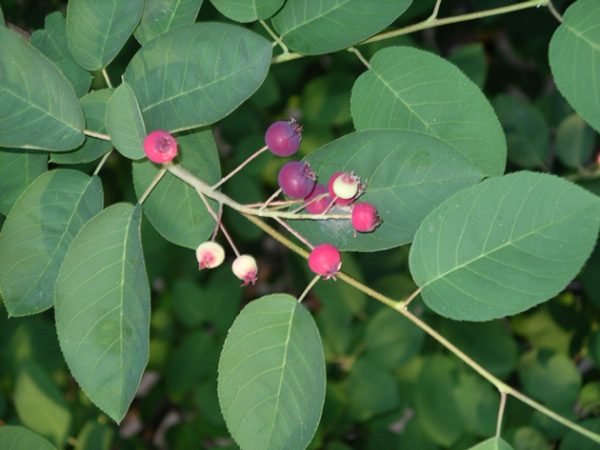Fifty species challenge

Can you identify 50 species of plants and animals native to your region? Naturalist Kenn Kaufman believes making the effort to do that will profoundly enhance your connection with the natural world.
Kenn Kaufman has been an avid birder and naturalist since his childhood in the Midwest. In 1970, at 16, he dropped out of school and started hitchhiking to birding hot spots across the U.S. Three years later, he attempted a “big year” on a shoestring budget, sometimes subsisting on boxes of Little Friskies. He later recounted these adventures in his engaging memoir “Kingbird Highway,” which includes details of his trip to the Outer Banks in a memorable storm. He has also written numerous field guides.
|
Photo Gallery Scroll below or click here to see a photo gallery of species you might consider adding to your list of 50. |
Kaufman believes if people learn to recognize 50 species of plants and animals native to their region, it will profoundly enhance their connection with the natural world. Environmental educators have embraced this idea and implemented the Fifty Species Challenge. When I considered crafting a list for the Uwharries, my biggest challenge was winnowing my selections to 50. I wanted to reflect the plants and animals that make our region so special, but I didn’t want a list of esoteric species inaccessible to the average person. That said, I didn’t include some easily recognized bird species like cardinals and robins. This list is arbitrary. I hope it will inspire readers to create their own.
Know some game species. Hunting has always been an important part of our region, but it’s stunning to recall that populations of white-tailed deer and turkey have rebounded only in recent decades. My dad grew up hunting squirrel, not deer. Black bear are returning to the Piedmont, and the coyote is moving in, probably filling the void of the extirpated red wolf. We can still bag a wood duck or a woodcock, but sadly, the local population of bobwhite quail has plummeted.
Know some aquatic species. Fish for large-mouth bass on our lakes and for small-mouth bass in the Uwharrie River. American shad will soon return to the upper reaches of our rivers for the first time in more than a century. Turn over some flat-bottomed rocks in one of our pristine streams and look for dusky salamanders. Even if you can’t identify the mussels you might find in these high-quality waterways, enjoy letting some of their colorful names – like Savannah lilliput – trip off your tongue.
Know some pines and oaks. The loblolly pine is a mainstay of the timber industry in our region. The longleaf tells a story of our natural and cultural history. The shortleaf, I’m convinced, is the species long-revered as old “forest pine.” At a basic level, white oak has rounded leaves, while red oak’s leaves are pointy. The willow oak and chestnut oak will tell you if a habitat is moist or dry.
Know some flowering understory trees and shrubs. Dogwood and redbud, of course, and also the early-blooming serviceberry. Mountain laurel, of course, and also the shaggy but elegant fringe tree.
Know a few wildflowers for every season. Our earliest spring wildflowers actually start blooming in winter – trout lily and hepatica. In the riotous bloom of spring, there will be masses of bloodroot, mayapples and toadshade trillium. In summer, look for Joe-Pye weed in sunny ditches and for black cohash illuminating a dark, moist forest. Schweinitz sunflower, a species restricted to the Piedmont, will be among the other Helianthus species that brighten our roadsides in the fall.
Know some grassland species. When you see a stand of broomstraw, remember that native grasslands are perhaps our most imperiled ecosystems in the Southeast. In this same habitat, you’re apt to see meadowlarks and milkweed, a plant vital for monarch butterflies but becoming scarce as farming practices change.
Know a few birds in addition to the ones that come to a backyard feeder. Time stands still when the ethereal song of the woodthrush rings from deep within the forest or when a bald eagle sails above the Uwharrie River.
Know some species of the night. Listen for the calls of the barred owl, screech owl, great-horned owl, and whip-poor-will. Rejoice in the frenzied chorus of spring peepers. Relax to the flashes of lightning bugs in the backyard and be transported by the appearance of a luna moth against the screen.
Know some species that deserve a wide berth. Poison ivy is noxious but native, and wildlife relish its berries. Fat orb weavers are responsible for the webs that smack your face in fall, and that’s a wolf spider crawling into your hiking boot with thousands of babies on her back. Thank the timber rattler for giving you a warning and feel fortunate to live in a place still wild enough to support them.
See more photos below.
More photos of local species you could add to your list of 50:
[view:slideshow2=block_1]